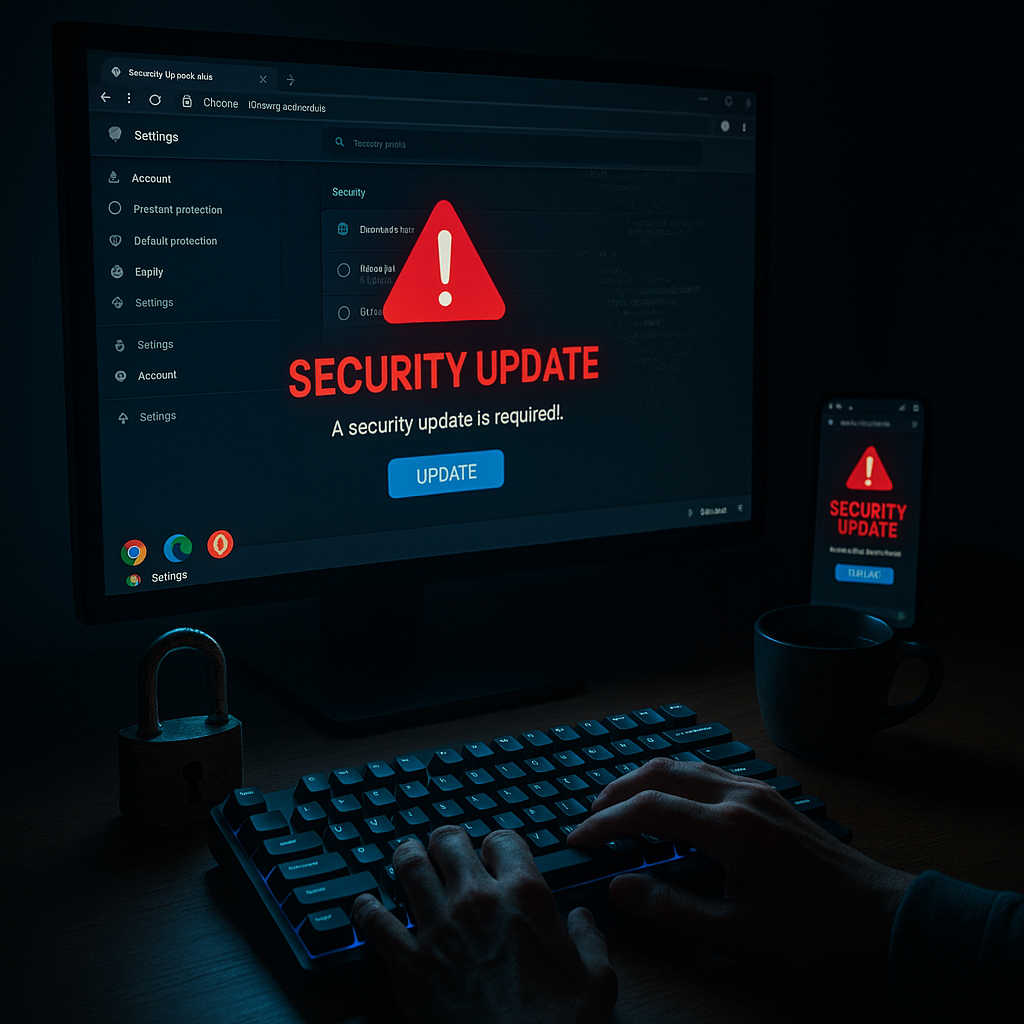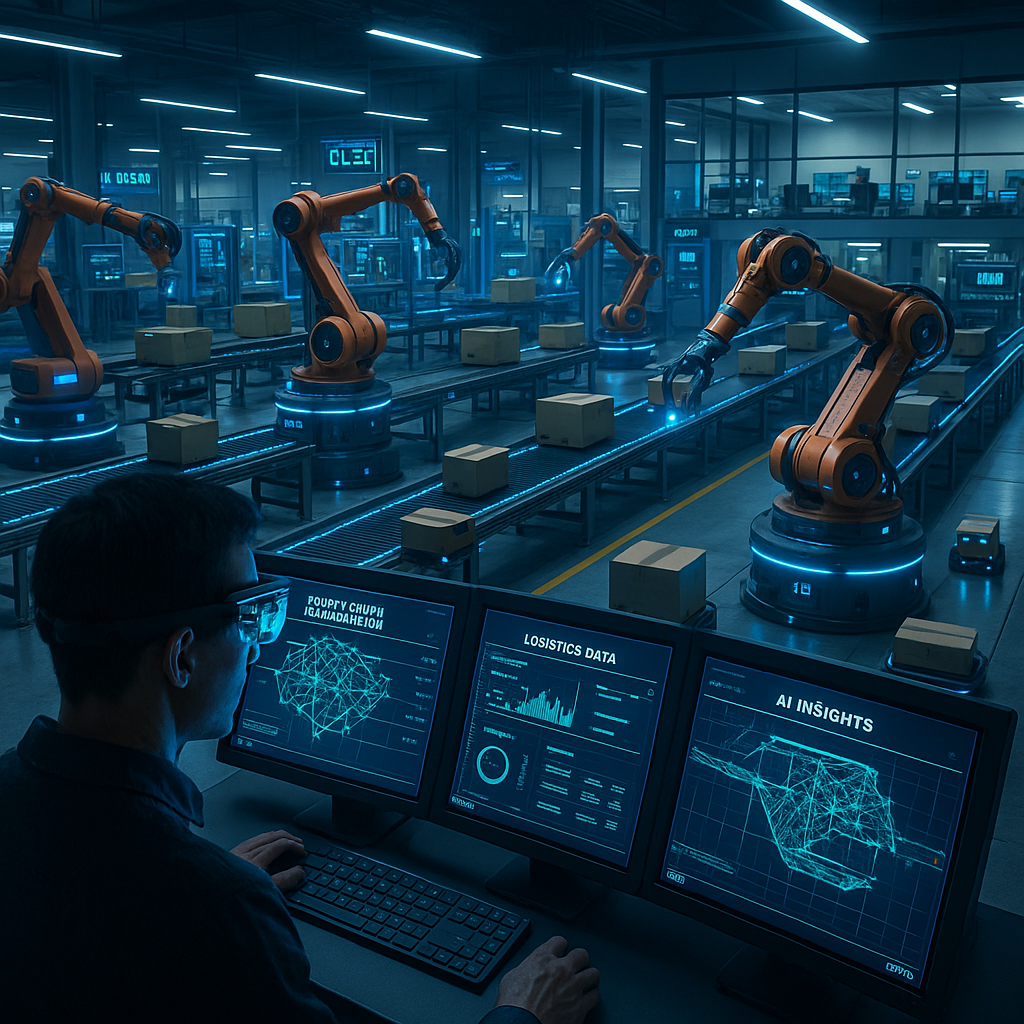Key Takeaways
- Start with purpose, not just purging: Digital decluttering is more than just deleting files. It involves identifying which technologies align with your personal values and support your life and work goals.
- Anchor your routine with digital minimalism: Practicing digital minimalism means intentionally crafting your tech usage around essentials, drastically reducing digital noise to increase productivity, satisfaction, and well-being.
- Set boundaries to reclaim attention: Creating device-free zones, turning off non-essential notifications, and scheduling intentional tech breaks are practical ways to reinforce digital boundaries and reclaim your focus.
- Leverage practical declutter tactics for instant relief: Expert-backed tactics such as inbox zero, systematic folder organization, regular app audits, and monitoring screen time can quickly bring clarity and make your digital workspace more manageable.
- Prioritize mindful technology, not complete avoidance: Digital wellness doesn’t mean abandoning technology. Instead, it’s rooted in intentionally choosing tools that empower you, actively resisting mindless consumption, and focusing on what truly matters.
- Redefine “connection” to nurture mental health: By limiting digital overload, you open up opportunities for genuine offline connections, restorative downtime, and creativity. The benefits extend far beyond your screens.
- Intentionality is your ultimate productivity hack: Drawing from Cal Newport’s insights, successful digital decluttering is about transforming your devices and platforms into intentional tools that serve your priorities, not sources of constant distraction.
By applying these strategies, you can turn technology into a source of clarity and calm. Dive into the following guide for detailed steps, recommended apps, and templates to help you reclaim your focus and rediscover balance in your digital life.
Introduction
Hidden beneath our digital tools lurks a silent chaos: unending notifications, forgotten apps, and inboxes overflowing with unread messages. It’s no wonder that a sense of overwhelm has become so common. But digital decluttering is not just about tidying up; it’s an opportunity to bring clarity and intentionality back into your digital life.
Embracing digital minimalism means more than deleting unused files. It’s about aligning your technology use with your values, setting boundaries that work for you, and thoughtfully curating your digital environment. These principles can help you boost productivity, enhance well-being, and regain control over your tech. Ready to learn more? Let’s explore expert-backed practices for cultivating a balanced, intentional, and rewarding relationship with your devices.
Understanding Digital Clutter’s Impact
Digital clutter can take many forms, from overflowing inboxes and redundant apps to scattered files and constant pop-ups. Each one carries a cognitive cost. According to research from the University of California, the average person switches between apps and tasks a staggering 378 times per day, leading to ongoing distraction and diminished productivity.
Un passo avanti. Sempre.
Unisciti al nostro canale Telegram per ricevere
aggiornamenti mirati, notizie selezionate e contenuti che fanno davvero la differenza.
Zero distrazioni, solo ciò che conta.
 Entra nel Canale
Entra nel Canale
Think of your digital ecosystem like a messy desk. A cluttered virtual space, filled with nonstop notifications and endless browser tabs, makes it harder to maintain focus or locate information. Stanford University research found that people who frequently multitask digitally are more likely to struggle with attention, memory, and organization.
The Hidden Cost of Digital Overload
The consequences of unchecked digital clutter go far beyond inconvenience. Consider these common effects:
- Shortened attention span: Dropping from 12 seconds in 2000 to just 8 seconds today, due to constant digital interruptions.
- Increased stress: Persistent notifications and information overload heighten stress levels.
- Impaired decision-making: Too much data makes prioritization and clear thinking difficult.
- Reduced sleep quality: Prolonged screen exposure, especially before bedtime, can disrupt healthy sleep patterns.
These challenges ripple through both professional and personal life, impacting efficiency, creativity, and mental health. Fortunately, a few actionable techniques can help you regain control and reduce digital noise.
Essential Digital Decluttering Methods
The foundation of digital decluttering begins with organization at the device level, targeting areas that contribute most to cognitive load and daily frustration.
Device-Level Organization
Start by refreshing your primary devices using these systematic actions:
- App Audit: Evaluate all installed apps and delete any you have not used in the past three months.
- File Organization: Adopt the PARA method (Projects, Areas, Resources, Archives) to give your file system a logical, intuitive structure.
- Desktop Cleanup: Keep only current project files and vital shortcuts on your desktop to minimize visual clutter.
- Cloud Storage Review: Consolidate cloud services and standardize naming conventions for easier file retrieval.
Implementing these steps creates a cleaner foundation, making further digital minimalism practices more effective.
Email Management Strategies
An overflowing inbox is a major source of digital stress. Transform your email into a productivity asset with these methods:
- Apply the “2-minute rule”: Immediately handle messages that take less than 2 minutes to address.
- Create action-oriented folders: Examples include To-Do, Waiting, and Reference.
- Schedule specific times to check email, limiting it to 2-3 blocks daily to prevent constant interruptions.
- Unsubscribe from newsletters or alerts that do not serve your goals.
Pro tip: Utilize email filters to automatically sort incoming messages, saving time and reducing mental clutter by up to 30%.
These approaches are equally effective in professional settings (streamlining team collaboration and client communications) and personal life (keeping family updates and bills manageable).
Implementing Mindful Tech Habits
Developing healthier technology habits requires both intention and practice. Cal Newport’s philosophy of digital minimalism underscores the power of aligning tech use with personal values for long-term success.
Creating Boundaries
Setting boundaries is essential to safeguarding your attention. Consider these actionable strategies:
- Establish tech-free zones at home, such as bedrooms or dining areas.
- Set defined windows for social media engagement rather than spontaneous use.
- Enable “Do Not Disturb” or focus modes during important tasks.
- Form screen-free morning and evening routines to start and end your day with clarity.
These boundaries can significantly reduce the mental clutter caused by constant connectivity, improve your concentration, and ultimately increase your productivity.
focus modes and tech-free routines are especially useful for keeping distractions in check and safeguarding your attention during the most important parts of your day.
Adaptive Learning Techniques
A growth mindset is key to adapting your tech habits. Try the following:
- Use built-in screen time analytics to identify key usage trends.
- Recognize and address specific triggers that lead to excessive device time.
- Experiment with various productivity and focus apps to find what fits your workflow.
- Regularly review and fine-tune your technology routines to ensure they continue supporting your objectives.
This ongoing, reflective approach transforms decluttering into a sustainable practice rather than a temporary fix.
Managing Digital Communication
With technology enabling always-on communication, managing digital channels thoughtfully is more important than ever. Research demonstrates that professionals devote nearly 28% of their day to email, often at the expense of deep work and creativity.
Un passo avanti. Sempre.
Unisciti al nostro canale Telegram per ricevere
aggiornamenti mirati, notizie selezionate e contenuti che fanno davvero la differenza.
Zero distrazioni, solo ciò che conta.
 Entra nel Canale
Entra nel Canale
Streamlining Communication Channels
Streamlined communication reduces overwhelm and increases efficiency. Here’s how to approach it:
- Assign primary tools for specific communications (e.g., Slack for internal chat, email for external correspondence).
- Communicate expected response times with team members, students, clients, or family.
- Opt for asynchronous communication platforms where feasible to accommodate different schedules.
- Batch similar messages or queries together and address them during dedicated sessions.
Such strategies have cross-industry benefits, improving outcomes in workplaces, education settings, and even family life.
efficient communication workflows can make a noticeable difference in your ability to focus and reduce distractions, especially as work and personal texts increasingly intermingle on our devices.
Social Media Optimization
Instead of eliminating social media, refocus your usage for purpose and enrichment:
- Conduct quarterly audits of your follows and memberships to eliminate digital noise.
- Establish clear goals for each platform, such as professional networking, learning, or community support.
- Use scheduling and analytics tools to plan posts and track engagement.
- Curate custom feeds focused on key interests (for example, educational resources, wellness, or professional inspiration).
These steps ensure you’re fostering meaningful online interactions without succumbing to overwhelming digital input.
Advanced Organization Techniques
For lasting digital clarity, building automation and robust maintenance habits is essential. These advanced methods promote efficiency and guard against regression into clutter.
Automation and Integration
Automate repetitive digital tasks to focus your attention on what matters most:
- Enable automated file backups for worry-free data protection.
- Create workflow automations (using tools like Zapier or IFTTT) to handle repetitive tasks across apps and devices.
- Integrate essential apps to streamline your process (for instance, connecting project management tools with calendars).
- Use tags and smart folders to dynamically organize files, emails, and digital notes for easy access.
Automation not only preserves the order you’ve established, but also saves time otherwise spent on manual tasks. This lets you focus on deeper work and personal goals.
minimalist desk organization serves as a great physical complement to digital automation, helping you maintain a workspace that’s both productive and clutter-free.
Maintenance Routines
Consistent upkeep ensures your digital spaces stay organized with minimal effort. Build these routines into your schedule:
- Weekly file and folder tidy-up sessions
- Monthly review and removal of unused or redundant apps
- Quarterly digital security and privacy audits for all accounts and devices
- Bi-annual assessment of cloud storage and shared resources to remove duplicates and outdated files
This proactive maintenance prevents digital spaces from becoming overwhelming again, reducing stress and saving hours in the long run.
Industry Applications of Digital Decluttering
Digital decluttering isn’t just relevant for individuals or office professionals. Its principles power transformation across a wide range of industries:
- Healthcare: Clinicians streamline electronic health records, reduce alert fatigue, and improve patient focus by minimizing digital clutter in care environments.
- Finance: Financial professionals gain efficiency and regulatory compliance by organizing digital documents, automating reporting, and applying secure data management practices.
- Education: Teachers and students alike use decluttering to manage assignments, digital course materials, and communication tools (improving learning outcomes and reducing overwhelm).
- Legal: Law firms benefit from automated contract management, standardized file structures, and decluttered case databases, boosting productivity and reducing errors.
- Marketing and E-commerce: Decluttering customer databases and optimizing content platforms leads to more targeted campaigns, cleaner client communications, and faster creative workflows.
By tailoring digital minimalism to industry needs, organizations and individuals see marked improvements in effectiveness, client satisfaction, and overall clarity.
digital security practices are equally important to include in ongoing maintenance routines, ensuring a safe and productive environment no matter your professional field.
Conclusion
Digital clutter is more than a nuisance. It undermines productivity, disrupts focus, and even impacts your well-being in subtle but powerful ways. Methodically organizing your devices, mastering your inbox, streamlining communications, and developing mindful technology boundaries are strategies that put you back in the driver’s seat. This ultimately transforms technology into a true ally.
By layering adaptive habits, automation, and industry-specific practices, you create a sustainable digital environment that stays organized for the long haul. These efforts open up mental space for deeper work, creative thinking, and stronger relationships. You get to experience the full joy and potential of your tech.
Looking to the future, those who approach digital decluttering with intentionality will stand out for their clarity and adaptability. Whether you’re driving innovation at work, improving student and patient outcomes, or simply enjoying a calmer digital home, the next step is yours. Choose a digital habit to tackle, apply these proven methods, and witness the profound benefits of a well-managed digital life. This proactive approach transforms technology from a source of endless distraction into your most empowering tool for growth and balance.
productivity tools and systematic use of digital organization best practices help ensure your decluttered digital environment stays that way—clear, intentional, and optimized for what matters most.





Leave a Reply